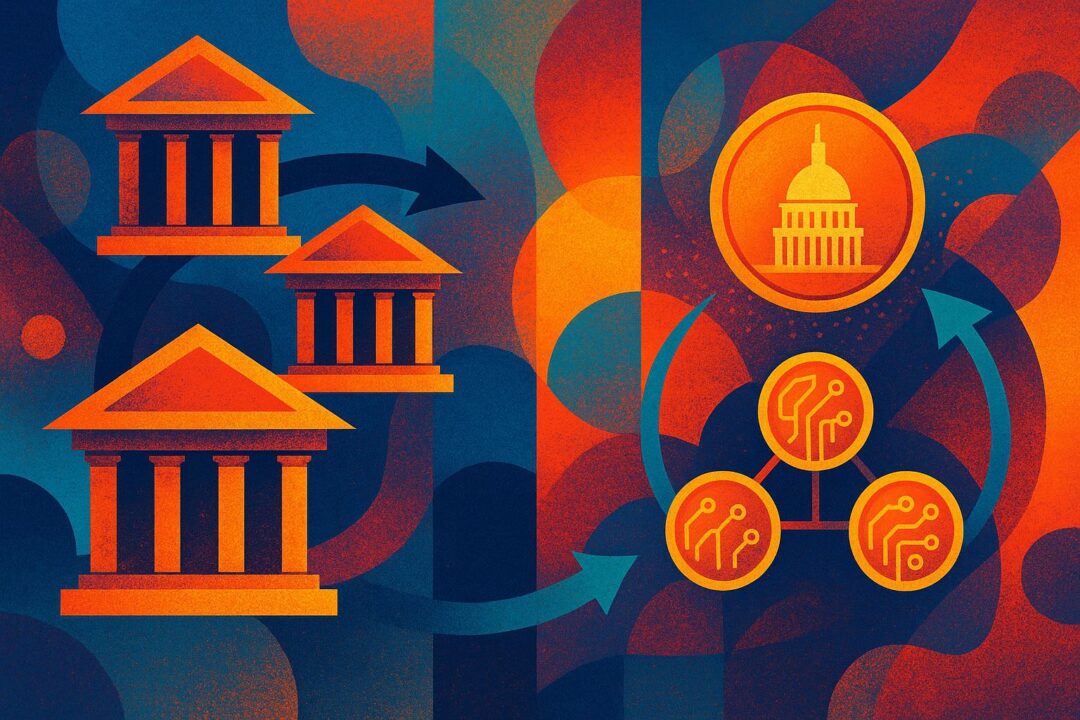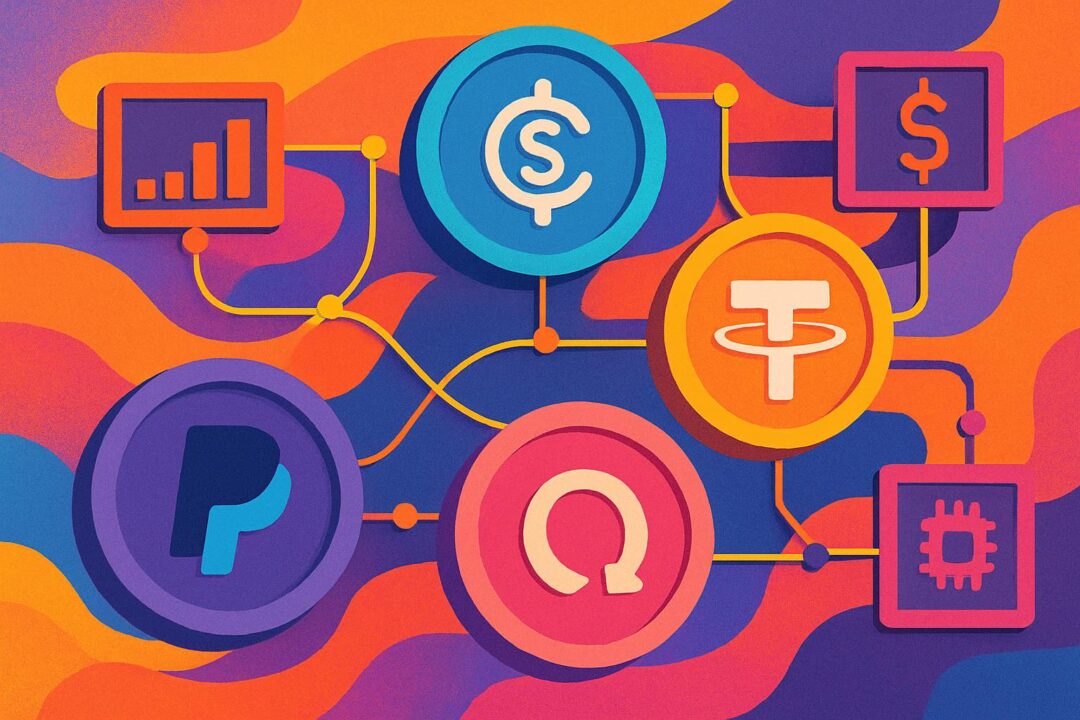Imagine this:
You’re working more hours than ever. Your savings account is growing — slowly. You don’t live extravagantly, but you’re careful, disciplined. You’re doing what you were taught: earn, save, invest, plan for the future.
And yet…
You still feel like you’re falling behind. Groceries cost more. Housing feels impossible. Every year, the finish line moves further away.
You start to wonder: What am I missing?
Then you turn on the news, or scroll your feed, and hear: “Inflation is under control.” “2.5% year over year.” “Growth is strong.” “Nothing to worry about.”
So, you push the doubt away. You assume it’s just the economy, or bad luck, or maybe you’re not budgeting well enough.
But you’re not imagining it. You’re not doing anything wrong.
You are being quietly, systematically robbed — and the worst part is, the people doing it need you not to notice.
📉 The Theft You’re Not Meant to See
Governments today — especially in the West — spend far more than they collect in taxes. Year after year. Crisis after crisis.
To cover the gap, they borrow. When that isn’t enough — or becomes politically inconvenient — they do something far more insidious:
They print money.
Not literally printing bills (though they do that too). But digitally. Silently. Through a mechanism most people never learn about.
They create new money out of thin air to fund debt, prop up markets, or “stimulate” the economy. They call it:
- “Quantitative easing”
- “Monetary policy”
- “Liquidity support”
But in real terms, it’s simple:
They are creating money faster than the economy is creating real value.
And every time they do that, the value of your money shrinks.
Not all at once. Not with headlines. Not in a way you can easily track.
But steadily. Persistently. In the background.
🧊 Why Don’t People Panic?
Because the system is engineered to make sure you don’t realize what’s happening.
If governments printed money and prices doubled in a month, people would revolt. They’d flee the currency. The system would break.
So instead, they hide it. They manage it. They slow-roll the theft.
How?
Through a carefully crafted illusion.
📊 How Inflation Is Manipulated
When you hear the word “inflation,” you probably think of the Consumer Price Index — the CPI. That’s the official number used to tell you how much the cost of living is rising.
But here’s what they don’t tell you:
- The CPI has been repeatedly changed and redefined over the past 40 years to suppress the reported number.
- It excludes or downweights the things that have become the most unaffordable: housing, energy, food.
- It uses “hedonic adjustments” — a trick that says a product is cheaper if it’s improved in quality, even if you paid more for it.
You’re not supposed to question it.
You’re supposed to look at the official number — 2.5%, 3.1%, maybe 4% — and think: “Okay, that’s manageable.”
But your reality doesn’t match the data. And it’s not because you’re bad with money.
It’s because the data is designed to lie to you — not with malice, but with intent: to preserve confidence.
Because confidence is what holds the entire system together.
🧠 Trust Is the Real Currency
Here’s the dirty secret: modern fiat currencies like the U.S. dollar don’t have intrinsic value. Their value comes from faith — public belief in their stability and usefulness.
If that faith collapses, the currency collapses.
So governments and central banks have every incentive to keep you calm, keep you trusting, and above all, keep you from looking too closely.
If inflation is understated, you don’t feel the full erosion of your savings.
If markets are up, you feel like you’re participating in growth — even if your purchasing power is shrinking.
If wages are rising by 2% and inflation is reported at 2%, you think you’re treading water — even if in real terms, you’re drowning.
The system survives by quietly extracting value from you while convincing you it’s all under control.
And most people believe it.
💸 The Power of Compounding Theft
Even if the real inflation rate is just 6–8% — and it’s likely much higher — that means your money loses value every single year.
Let’s be generous and call it 7%.
Here’s what that looks like:
- After 5 years, your money has lost ~30% of its purchasing power.
- After 10 years, you’ve lost ~50%.
- After 20? You’re left with around a quarter of the original value.
That’s with no crisis. No hyperinflation. No Venezuela-style meltdown.
That’s the normal, managed, engineered erosion of your savings.
And it’s happening while the government reports “mild inflation” and praises the central bank for its prudence.
🗳 Why This Will Never Change
Now comes the darker part — why no one in power will stop this.
It’s not just about central banks. It’s about politics — and incentives.
🎯 Politicians get elected by promising more.
Not less. Not cuts. Not austerity.
More benefits. More programs. More infrastructure. More support. More spending.
And every time a crisis hits — a pandemic, a war, a banking scare, or a political mess — the answer is the same:
Spend more. Borrow more. Print more.
Because voters reward short-term relief. They punish long-term discipline. No one wins an election by telling people, “The party’s over.”
So governments take the easy way out:
- Kick the debt down the road.
- Pretend inflation is low.
- Hope the next administration deals with the fallout.
But the fallout never comes all at once — it arrives slowly, as a silent tax on everyone who uses the currency.
The people in power will always choose survival. And survival, in politics, means re-election.
🧱 The Trap You Can’t See
For the average person — even a financially responsible one — this creates a trap so well hidden, it almost feels like nature:
- You work harder, but afford less.
- You save diligently, but your savings buy less.
- You follow the rules, but fall further behind.
You don’t riot, because there’s no breaking point — just a constant dull pressure. A background hum of decline.
You don’t leave the system, because you don’t even realize you’re in a system that’s taking from you.
And you don’t question the structure, because the very act of questioning it has been labeled conspiracy, paranoia, or fringe thinking.
So you stay. You comply. You hope things will improve.
Meanwhile, your purchasing power is bleeding out — not in a crisis, but in a slow, managed decay that no one is ever held accountable for.
🔁 The Perfect Feedback Loop
Here’s the full cycle in plain language:
- Governments spend more than they collect.
- Central banks print money to fund the gap.
- Real inflation rises, but official numbers stay low.
- People trust the system and keep saving in fiat.
- Because there’s no panic, the government keeps printing.
- The currency continues to erode.
- Most people feel poorer but don’t know why.
- They vote for leaders who promise more spending to “fix” it.
The system is broken — and the belief that it’s working is what keeps it alive.
It’s not just a trap. It’s a self-reinforcing machine powered by misinformation, incentives, and compliance.
💬 Final Thought
You are not falling behind because you’re lazy, or unlucky, or bad with money.
You’re falling behind because you live in a system that is quietly, persistently extracting value from you — not by accident, but by design.
A system that:
- Prints money to solve problems it created.
- Lies about inflation to keep you docile.
- Incentivizes politicians to buy votes with borrowed time.
- Punishes savers.
- Rewards debt.
- And relies on your trust to keep running.
This isn’t a crash. It’s a managed decline — wrapped in official reports and political spin.
And it will continue for as long as the majority of people keep believing the story they’re told.
The real crisis isn’t inflation. It’s that you’re being destroyed financially, and told it’s under control — and you believe it.
That’s the hidden trap.
And most people will never see it — until it’s too late.
Discover more from Brin Wilson...
Subscribe to get the latest posts sent to your email.



